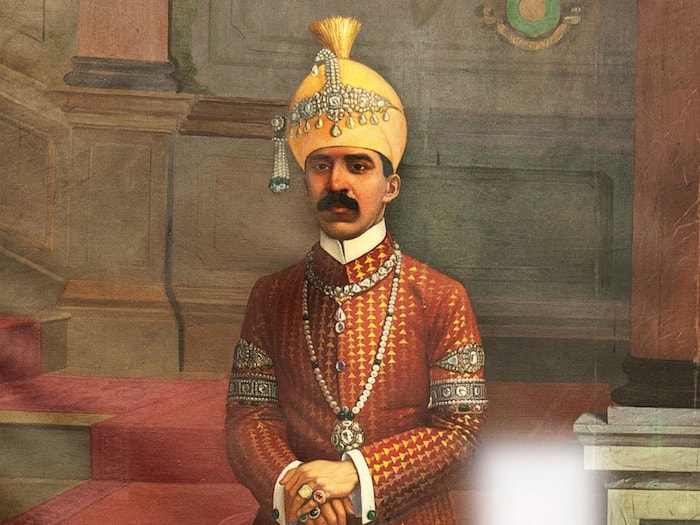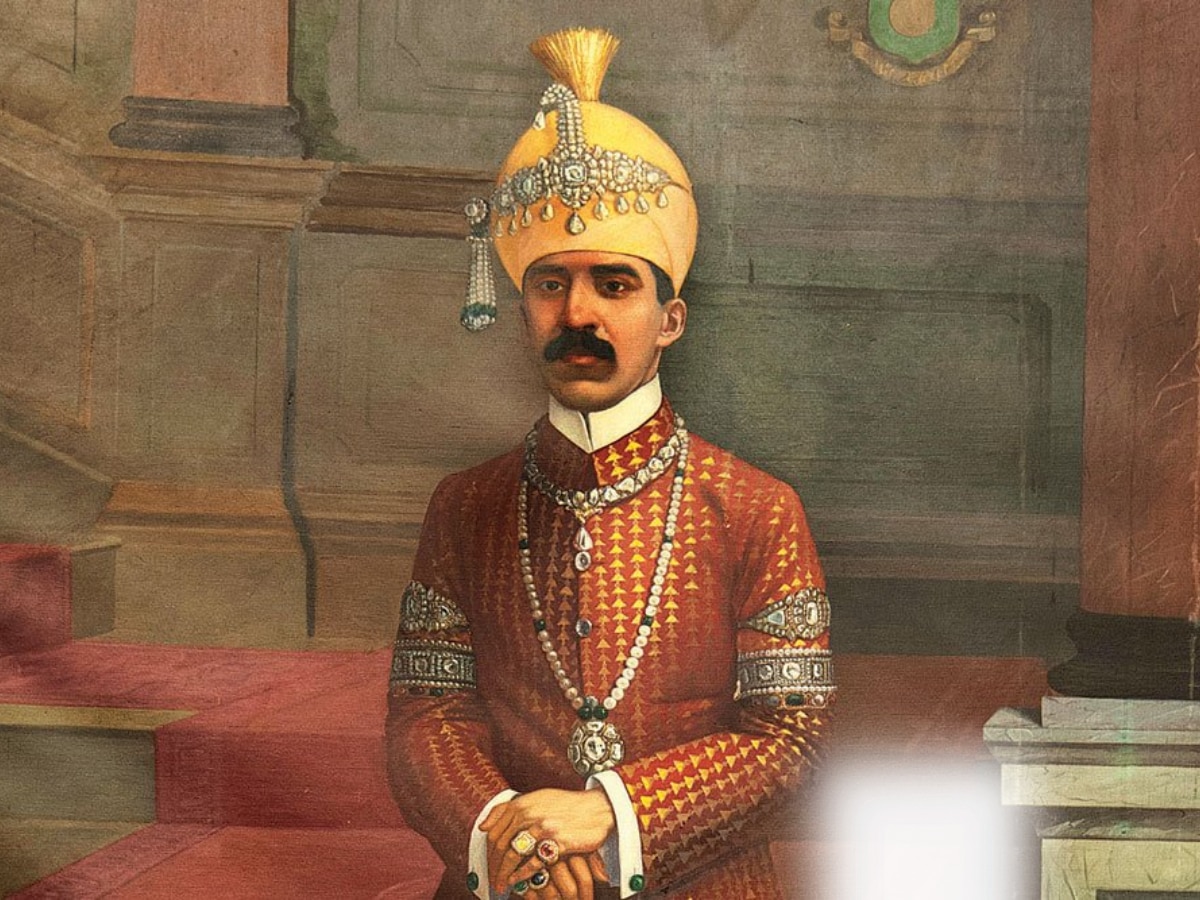The Nizam of Hyderabad mostly collected lots of wealth in the 1930s and 1940s through immense fortune and diverse means. Notably, the Jacob diamond, a stunning 185-carat gem valued at a whopping Rs 1000 crores by Times Now, served nothing more than a mundane paperweight under his ownership.

When conversations turn to wealth in our country, people often talk about big names like Ambani, Adani, and Tata. But, rewind back to the times of India’s independence. There was this certain man – his riches stemmed from ownership of gold and diamond mines. His garden used to brimming over with trucks laden with gold bricks, even the famed 185-carat Jacob diamond was simply a tool to weigh his papers down! In his era, he stood out with a fortune that eclipsed even the wealthiest of the lot.
Yes, we are talking the last nizam of Hyderabad, Mir Osman Ali Khan.
The year 1937 saw Mir Osman Ali Khan gracing the cover of TIME magazine, having scaled to the rank of the wealthiest person across the globe. The seventh Nizam of Hyderabad, his riches were estimated to touch an astounding $236 billion by the early 1940s, inflation-adjusted, documenting The Business Standard.
How Then Nizam of Hyderabad Collected Immense Wealth
The Nizam of Hyderabad, Mir Osman Ali Khan, mostly collected lots of wealth in the 1930s and 1940s through immense fortune and diverse means. Notably, the Jacob diamond, a stunning 185-carat gem valued at a whopping Rs 1000 crores by Times Now, served nothing more than a mundane paperweight under his ownership.
Lifestyle of Mir Osman Ali Khan
Osman Ali Khan was a man known for his simplistic approach towards life. His attire was often a simple kurta pyjama, without mind to whether they were freshly pressed or not. He was also seen in plain slippers and shoes that had seen better days, alongside the same Turkish cap he had kept company for over 35 years. This cap in fact was so threadbare that it was nearly moldy and its threadwork had started fraying. His dwelling further mirrored his minimalistic lifestyle.
The Nizam’s bedroom was relatively spartan with an aged bed, dilapidated furniture, alongside an ashtray brimming with ashes. The room’s wastepaper baskets were brimming with discarded items and spider webs were common sight in almost all corners.
When India reached the landmark achievement of independence in 1947, the ruler of Hyderabad, the Nizam, surprisingly opted to not integrate his state into India. Instead, he inclined more in favor of building stronger bonds with Pakistan. This eventually led to significant intervention by the Indian Army in Hyderabad in September 1948. Known as Operation Polo, this mission marked the end of the Nizam’s reign, leading to a significant step – the fusion of Hyderabad state into independent India, forever closing the chapter on Osman Ali Khan’s time in power.

